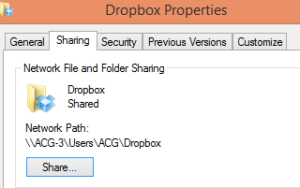Often times many project statisticians enjoy working with “yes-man” type statistical programmers. In the case of a typical clinical trial the project statistician not only provides essential statistical expertise, but also manages the biometric deliverables such as productions of all analysis outputs in a timely manner. On the other hand, the statistical programmer works very closely with the project statistician to carry out the statistical analysis methods by providing important programming support. It’s not a surprise for an organization to have the statistical programmer report directly to the project statistician to emphasize and reinforce this relationship.
Advantages of a yes-man statistical programmer, to name a few:
- Minimizing back and force discussions: this could potentially reduce the timeline had both parties focused more time on their respective assignments
- Carrying out the statistical analysis by straight-forward programming: when the project statistician is the thinker and the statistical programmer is just the doer (or coder), the latter’s work becomes simple and straight-forward
- Avoiding conflict: saying yes in all circumstances eliminates conflicts
For comparison, some disadvantages of a yes-man statistical programmer:
- Lacking important inputs:
1) The statistical programmer may weigh in valuable opinions from unique/different angles, e.g. availability of data sets for certain analyses, convergence issues, and formatting issues etc. If the statistical programmer has to bring out certain issues before proceeding, the sooner the better. Not bringing them up earlier might risk delaying completion of the project.
2) The statistical programmer should thoroughly study and understand the statistical analysis plan (SAP) document. In most circumstances the statistical programmer is given an opportunity to review the SAP while it’s being drafted. Lack of statistical programmer’s inputs might leave the SAP at risk of being amended later for important contents regarding how to effectively carry out the analyses by statistical programming.
- Lacking independent checks: The statistical programmer should independently verify the analysis results produced by the project statistician and vice versa. Taking as is by either party might risk/compromise the accuracy of the analysis results.
- Lacking ownership: The statistical programmer may become less actively involved because decisions are likely made unilaterally by the project statistician. This lack of ownership could potentially lead to less productivity in the overall project.
Conclusion
There’re always two sided stories about yes-man statistical programmers: advantages vs. disadvantages. Efforts should be made to cultivate a more productive relationship that inspires independent peer-to-peer checks without sacrificing the efficiency of close collaborations.








